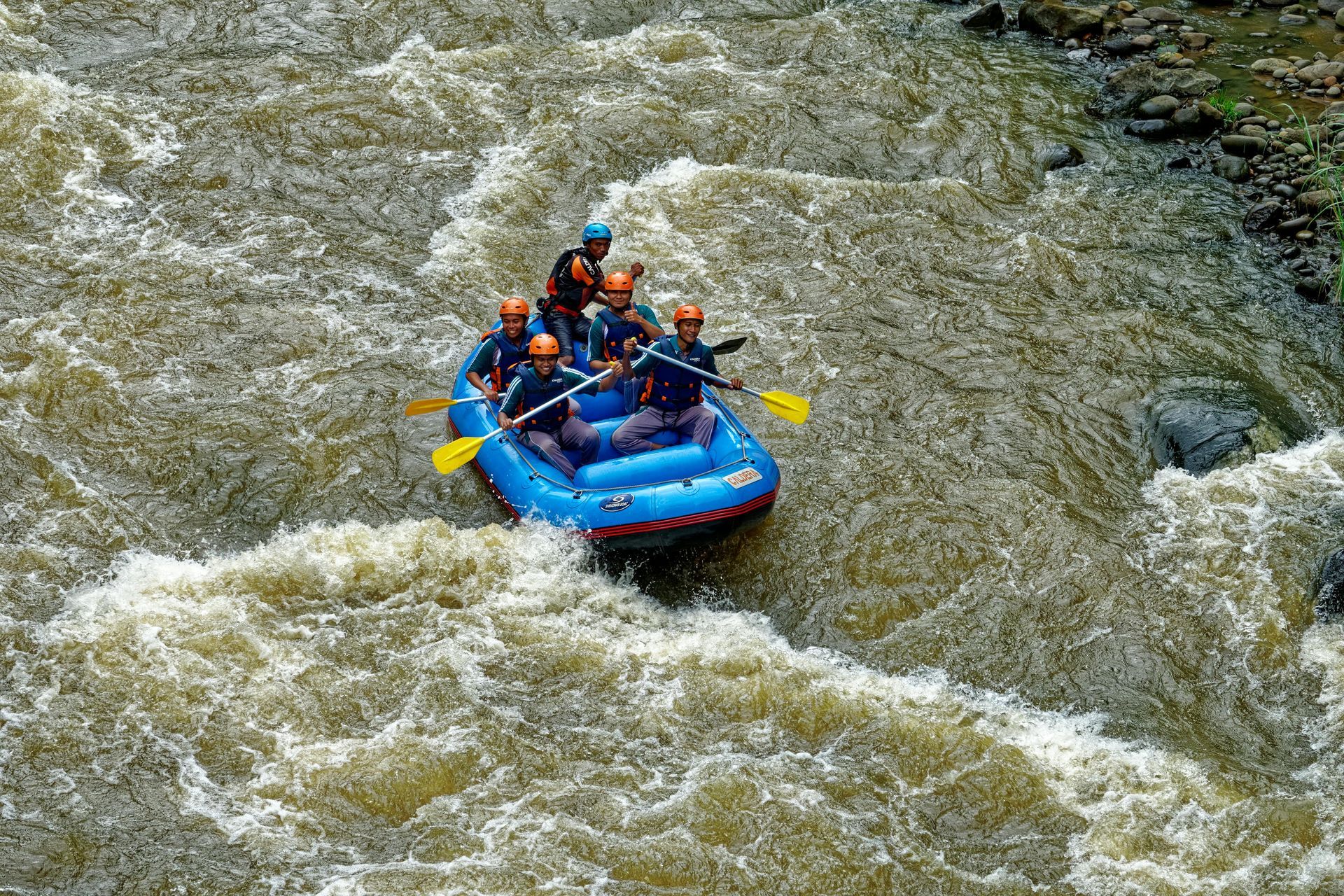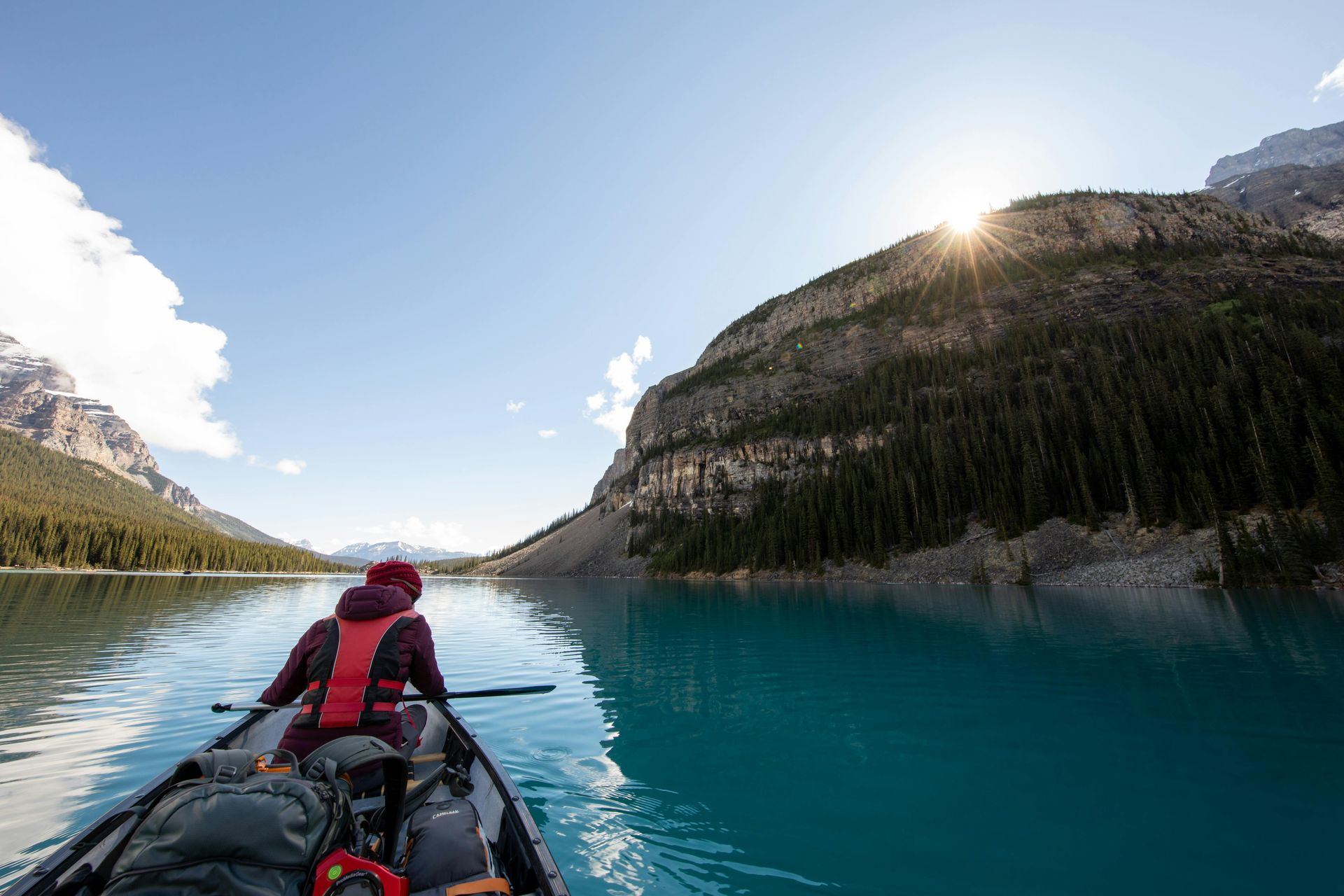Whose Risk Is It Anyway?
Managing External Adventure Activity Providers

Adventure sports from rock climbing and abseiling to white-water rafting and surfing can be transformative experiences for students on school trips and camps. They build resilience, courage, and teamwork. However, they also involve inherent risks and often rely on the expertise of external providers. This introduces a complex but critical question: who is ultimately responsible for managing the risk?
The answer is simple: You are!
Hiring a third-party provider delegates the instruction of an activity, but it does not abdicate your duty of care. Your school retains the ultimate responsibility for the well-being of your students.
The Due Diligence Framework: Proactive Oversight in Four Steps
Effective school excursion risk management when working with vendors requires a "trust but verify" approach. It's a partnership that demands proactive oversight from the school team before, during, and after the activity.
1. Comprehensive Provider Verification
Before you even consider signing a contract, you must conduct thorough due diligence. This is a non-negotiable compliance step.
- Check Credentials: Verify all qualifications, licenses, and accreditations for the provider and their staff.
- Review Insurance: Confirm they have adequate and current public liability insurance.
- Assess History: Where possible, inquire about their incident history and management processes.
- Centralise Documentation: Using school excursion risk assessment software like Xcursion Planner provides a central, auditable location to store and track vendor documentation, ensuring compliance for all your adventure sports and activities.
2. Integrated Risk Planning
Don't simply accept a provider's risk assessment as complete. You must integrate it with your school's own requirements, paying close attention to the specific needs of your student group (e.g., medical conditions, behavioural factors, and physical ability). Your plan must be a comprehensive document that combines their expertise with your pastoral responsibility.
3. Active On-Site Oversight
Your staff are not just spectators; they are active supervisors. I once worked with a rafting operator whose pre-launch briefing skipped over key emergency procedures. We paused the entire session until these were properly addressed and rehearsed with the students. This is a perfect example of why risk management training for teachers is so important it gives them the competence and confidence to intervene when a provider's standards don't align with their duty of care.
4. Clear and Combined Briefings
Ensure your students receive a clear briefing before the activity begins. This should cover both the provider’s technical instructions and your school’s behavioural and group expectations. Everyone must understand the rules and their role in managing the group.
Adventure sports can be incredibly rewarding when managed with proactive planning and constant oversight from the school team. By rigorously vetting your providers and empowering your staff to be active co-managers of risk on the day, you create a well-managed framework that allows students to push their boundaries with confidence.











